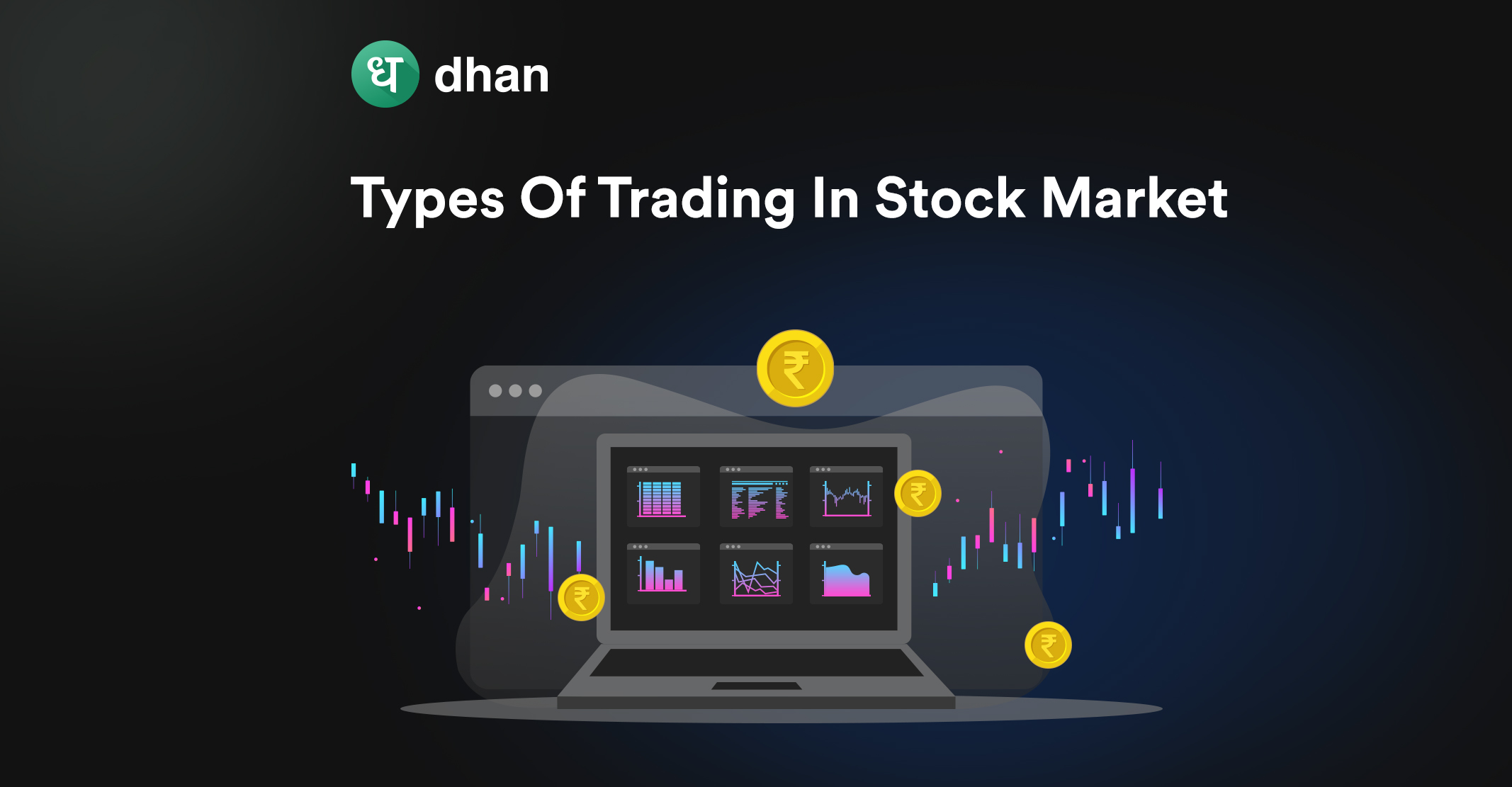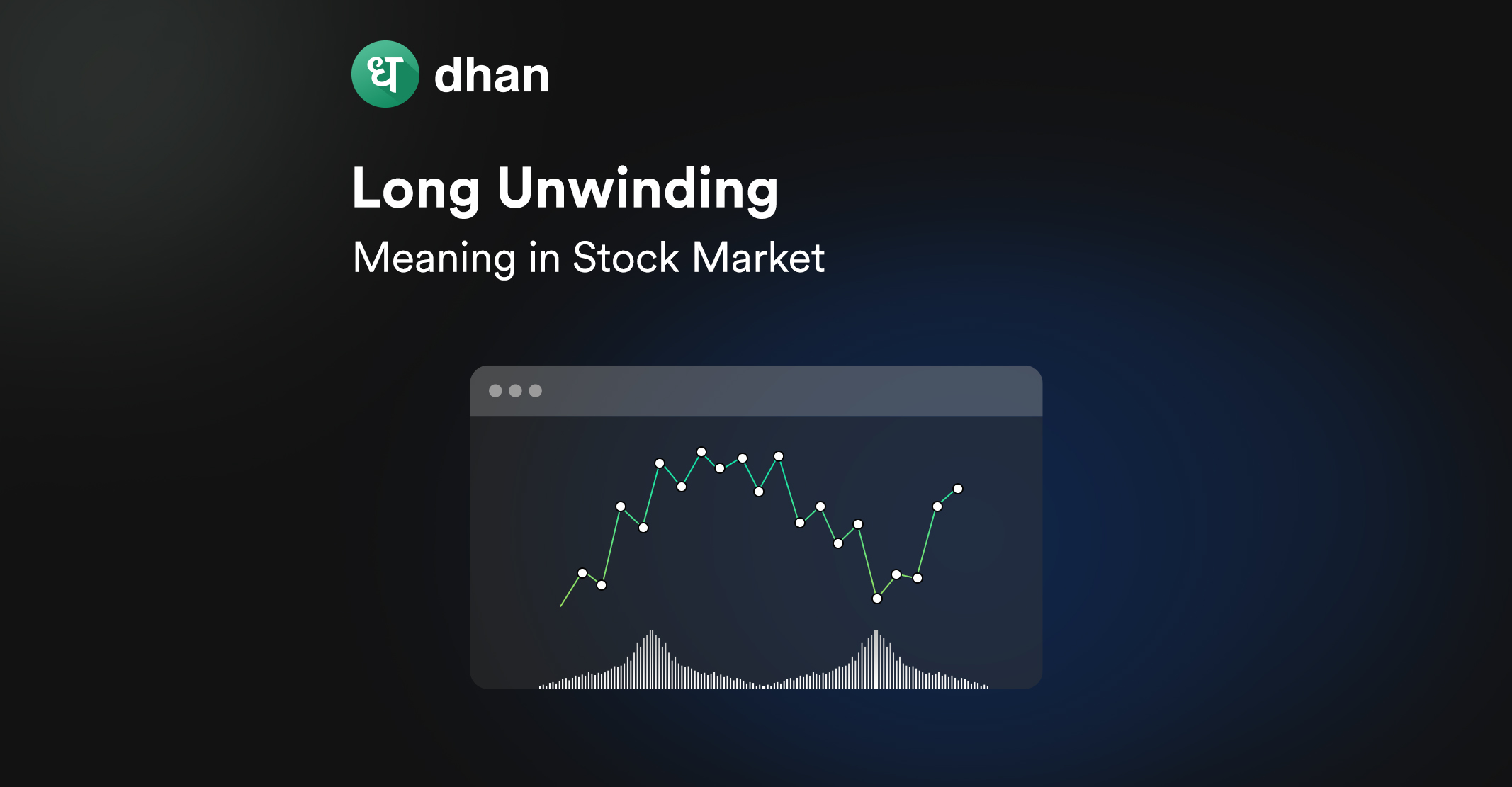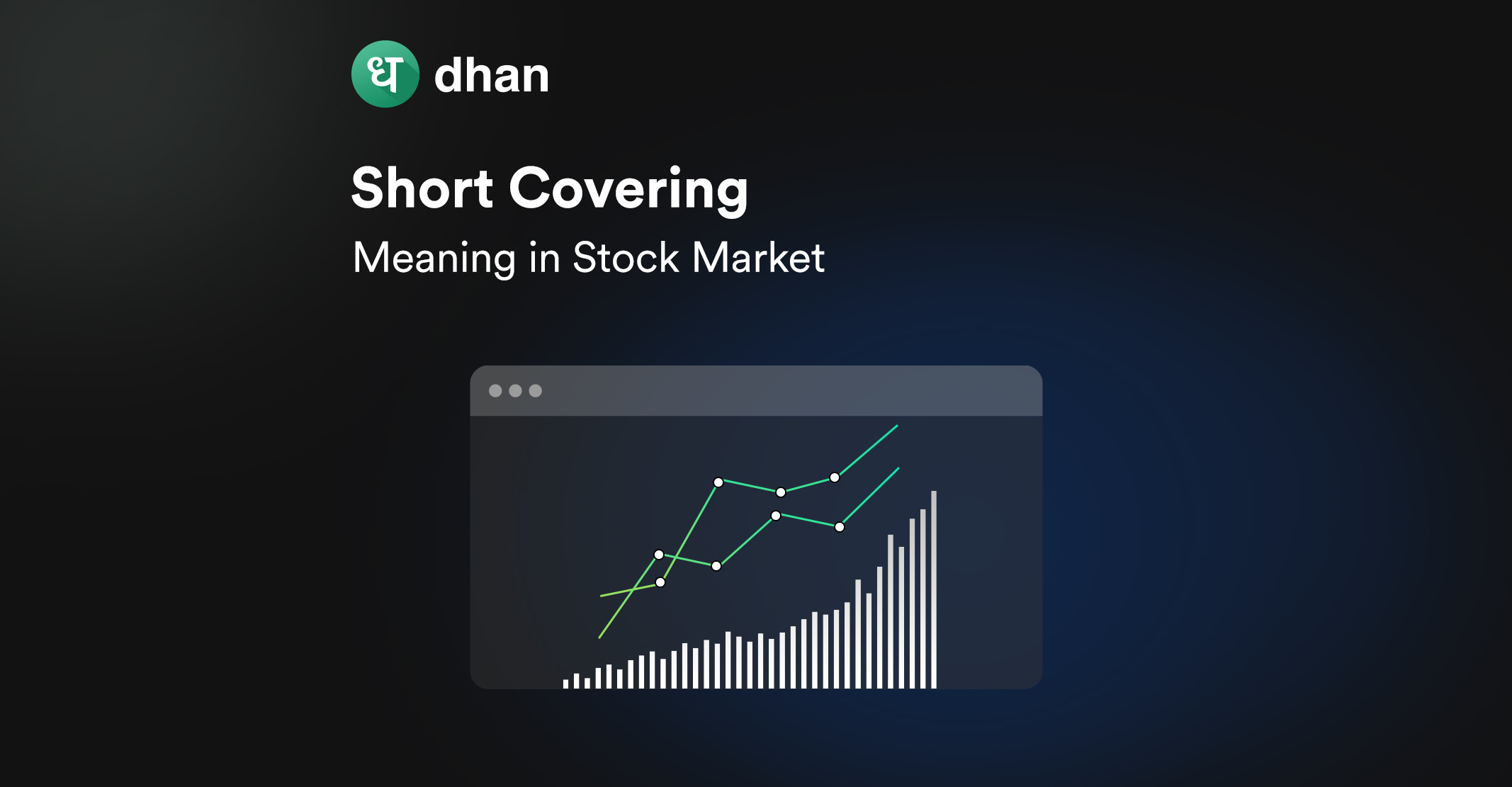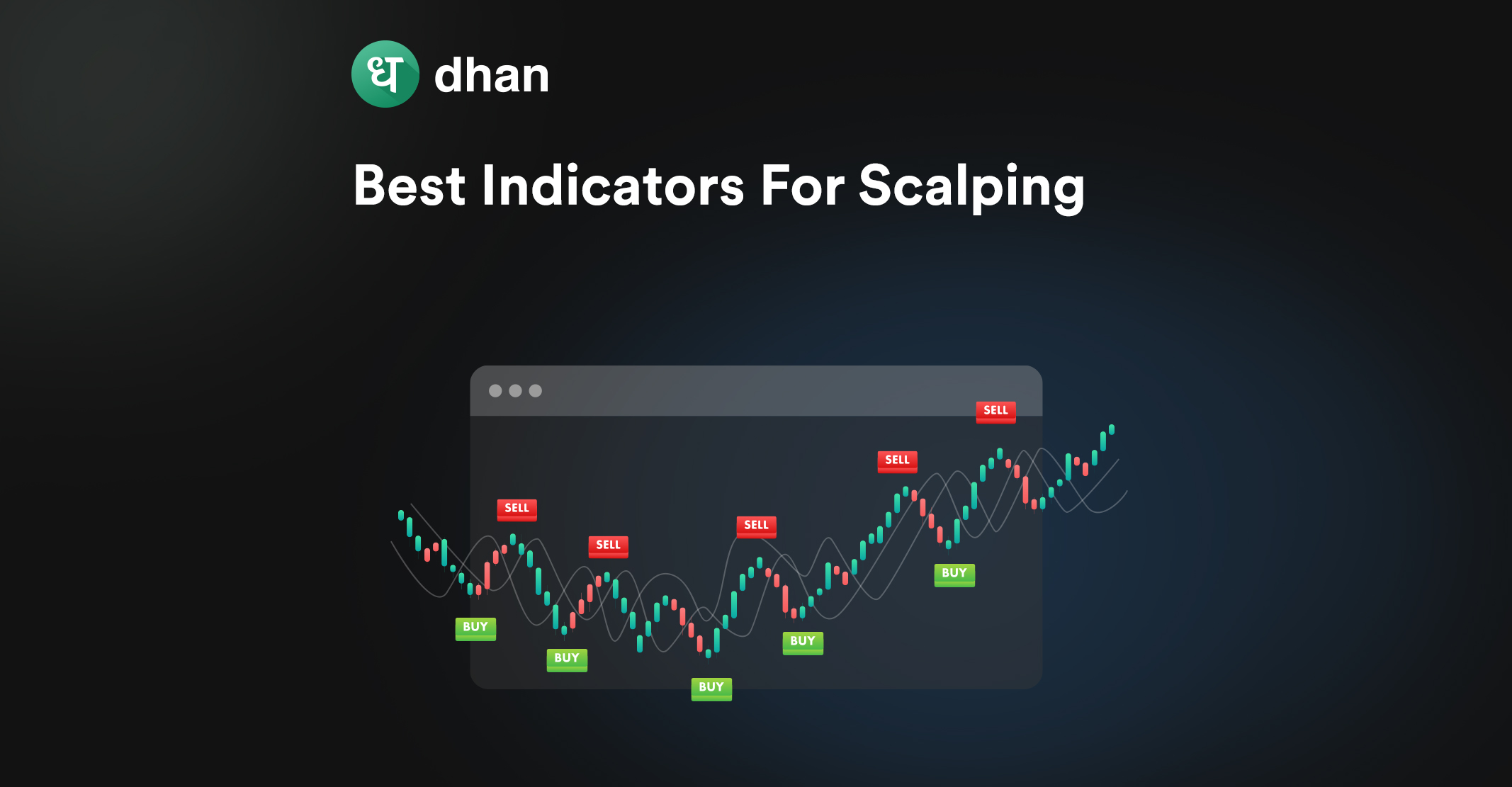Trading is an umbrella term used to describe various ways to buy and sell financial securities. Each type of trading has its unique approach and goals. This article will help you understand these types of trading in stock market.
Different Types of Trading in the Stock Market
Most forms of trading are divided based on the types of instruments traded, the time frame involved, and the type of tools used. Tools in this can be fundamental or technical analysis.
List of Different Types of Trading
1. Intraday Trading
Intraday trading is also known as day trading. It involves purchasing and selling stocks within the same trading day.
In intraday trading, you aim to profit from short-term price fluctuations by making numerous trades.
You closely analyze technical indicators, charts, and market news to make quick decisions.
Intraday trading requires intense focus, risk management, and discipline, and it can be highly volatile.
Success in day trading relies on accurately predicting short-term price movements.
2. Delivery Trading
Delivery trading involves holding a position overnight, carrying it forward with the stocks being transferred to your demat account. The holding period varies.
The significant aspect is that there’s no rush to sell these shares. You can consider it a delivery trade as long as they’re transferred to your demat account.
To engage in any form of stock trading, including different stock order types, it’s essential to have a demat account, which serves as the repository for all your financial securities.
3. Swing Trading
Swing trading involves holding stocks for several days to weeks to capture price swings.
You identify potential entry and exit points based on technical and fundamental analysis.
It’s less frantic than day trading, allowing you to balance trading with other commitments.
This strategy seeks to profit from short to medium-term market fluctuations, making it suitable for those looking for a compromise between day trading’s intensity and long-term investing.
4. Options Trading
Options trading lets you speculate on a stock’s future price movements without actually owning the stock.
You can buy “call” options if you expect the stock price to rise or “put” options if you think it will fall.
Each option has an expiration date and strike price. If the stock moves in the direction you predicted, the option can be profitable.
Options offer leverage but come with risks, as you could lose your initial investment.
They’re versatile tools for hedging and speculation, providing flexibility beyond traditional stock trading.
5. Futures Trading
Futures trading involves making agreements to buy or sell specific assets (such as commodities, stock indices, or currencies) at predetermined prices and future dates.
You speculate on the asset’s price movement, aiming to profit from price fluctuations.
It can be used for hedging or speculation. Futures offer leverage that enables you to control a larger position with a relatively small investment.
However, it also comes with higher risk due to the potential for substantial losses if the market moves against your position. Careful research and risk management are essential in futures trading.
6. Algorithmic Trading
Algorithmic trading, or algo trading, is when you use computer programs to automatically execute stock trades based on predefined criteria.
These algorithms can follow various strategies, from high-frequency trading for quick gains to trend analysis for more extended positions.
It’s a method that relies on quantitative analysis and automation to make trading decisions.
Algo trading is often used by professional traders and institutions to capitalize on market opportunities.
Synopsis of Stock Trading Varieties
- Intraday Trading: It involves buying and selling financial assets (like stocks) within the same trading day to profit from short-term price fluctuations, with no overnight positions held.
- Delivery Trading: Delivery trading involves buying stocks and taking actual ownership of the shares, which are transferred to the buyer’s Demat account, typically with a longer investment horizon.
- Swing Trading: Swing trading aims to capture short- to medium-term price “swings” by holding positions for several days to weeks using technical and fundamental analysis.
- Options Trading: Options trading involves buying and selling financial contracts that provide the right, but not the obligation, to buy or sell underlying assets.
- Futures Trading: It involves buying or selling standardized contracts to speculate on the future price of a financial instrument or commodity, with a set expiration date and predetermined terms.
Conclusion
Different trading techniques have different risks and rewards in the stock market. It’s crucial to educate yourself and practice diligently to make informed decisions.
Remember, the key to successful trading is aligning your chosen style with your financial goals and risk tolerance.
Like this? Then you’ll love:



